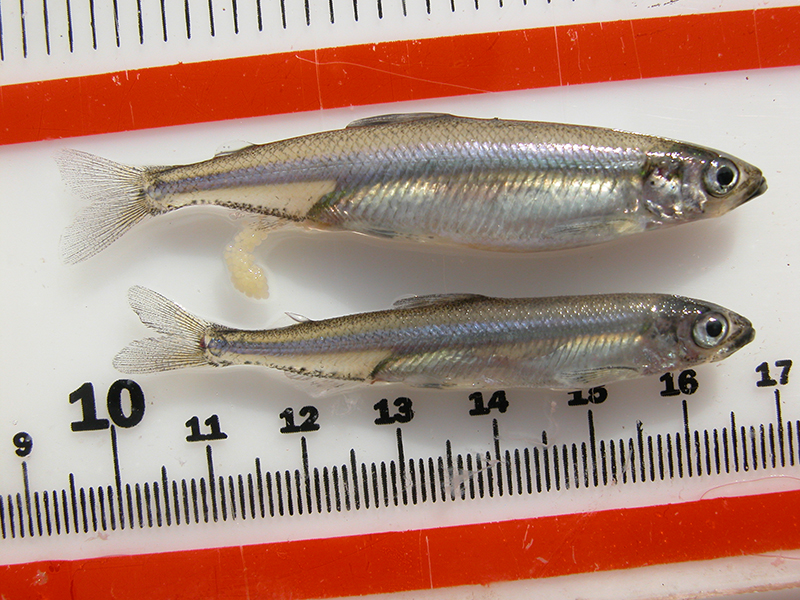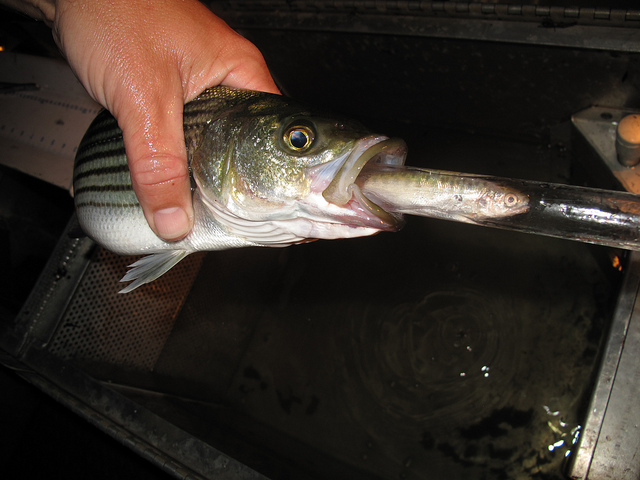More of the Same? Saving the Delta Smelt More of the same- A record of failure We agree that the San Francisco Bay Estuary needs to be saved. All Californians need a healthy environment in order to thrive and farmers’ very survival depends on it. Being good stewards of the land is what allows us to […]
Many Delta Stressors Impacting Delta Smelt and Delta Health
There are far bigger issues affecting the Delta than water exports and returning to a time prior to Western development is unrealistic. To describe the Delta as altered is to say that New York City is populous or California water politics contentious. Since the 19th century when locals began to reclaim the marshlands, dike the […]

